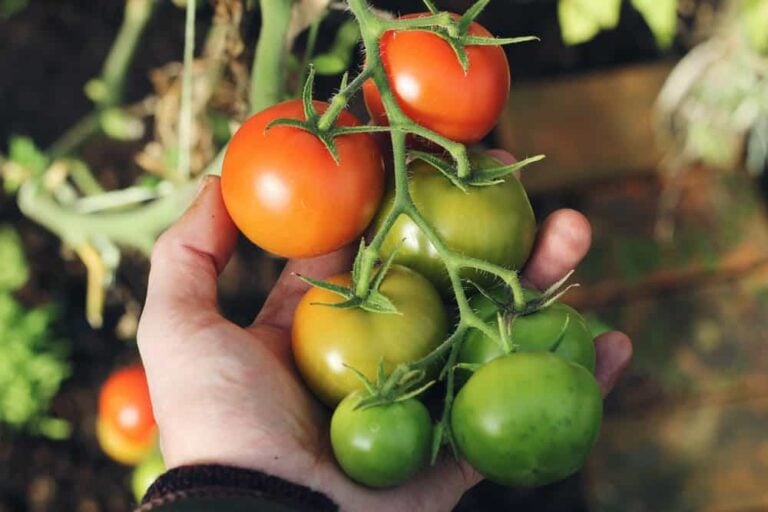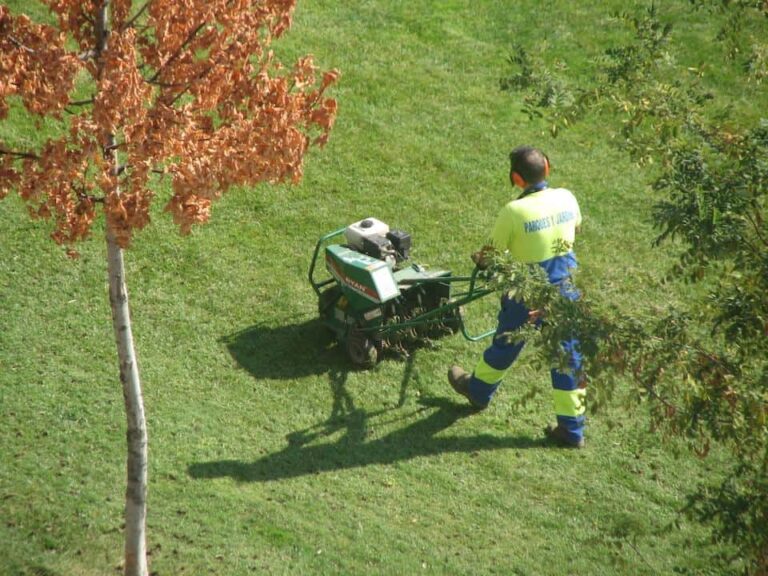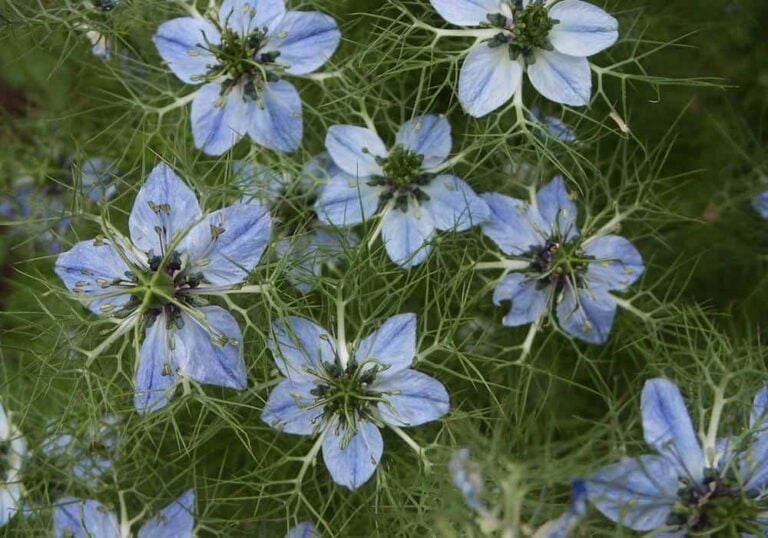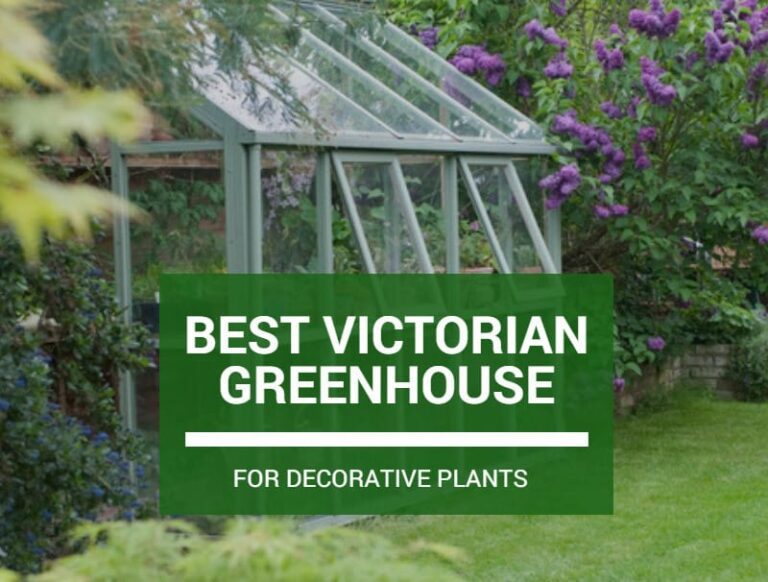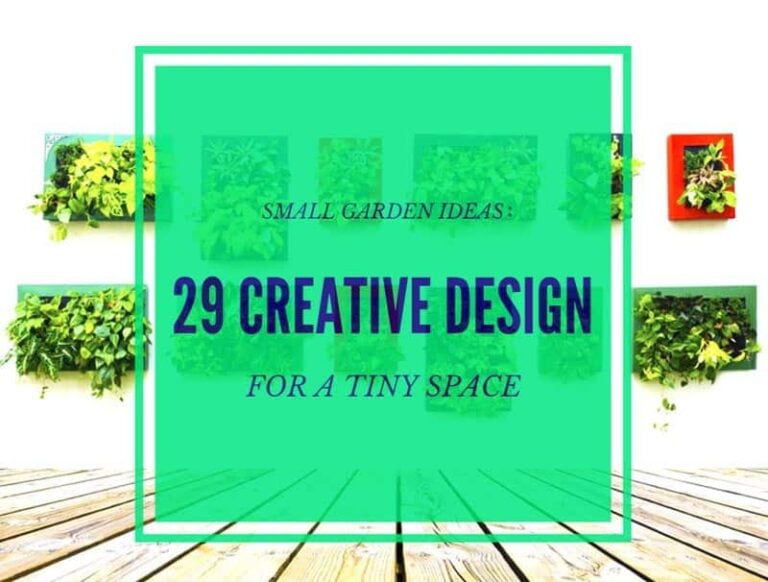These English Garden Designs Should Improve Your Look
An English garden, when properly curated, can resemble a piece of art. Its mélange of lush, manicured lawns, picturesque architecture, water features, and colorful floral arrangements naturally brings an air of peaceful tranquility that can instantly diffuse stress. The only perceived problem is that they look elaborate to the point of intimidating. Yet as this list shows, you can bring the exquisite nature that defines an English garden to your own backyard in a fairly basic fashion.
1. Climb the Wall with Minimal Colors
Big pops of color emanating from flowers are a hallmark of the English garden design. The beauty about adding this element to your garden is that, while the addition brings about a massive result, the actual addition doesn’t take up a lot of space.
If you get a plant like a climbing rose and train it to move up your home, or fence, or other similar edifice, it will do just that – move upward. You’ll have to do a little bit of pruning to keep things nice and trim, but you won’t have to worry too much about it dominating garden space other than the wall.
There is one caveat to this design element: Pick one color and stick with that shade. At the very least, you should never go with more than two hues. Anything more will make the wall look too busy for the eye to take in the full appreciation of the desired effect.
2. Mix and Match Garden Flower Hues
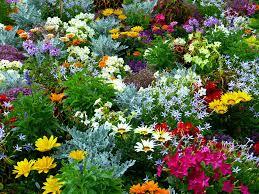
While you’ll want to stick to a minimalistic color scheme if you choose to festoon a wall with a floral design, the flowers that you’ll plant in your garden paint an entirely different story. Here, you’ll want to put forth a dazzling array of yellows, purples, oranges, reds – pretty much any color that you’ll want to get your hands on.
So why do you go with a rainbow of shades in this situation but not on the wall? In a word, structure. A sturdy, immovable object like a wall will naturally train your eye to concentrate on its structure first and its compositional elements like color second.
An arrangement of garden flowers, on the other hand, has no such structural chains that bind. Therefore, this allows for the reversal to occur, where the eye can fully appreciate the hues of the garden first since there’s a touch of chaos going on.
With that being said, this doesn’t mean that your garden arrangement shouldn’t be a random mishmash of colors. Try to arrange the colors of your flowers so that there is some semblance of artistic flow afoot. Just because there isn’t structure doesn’t mean other people’s eyes can’t detect sloppiness.
3. Get Garden Furniture that Pops
Traditional English gardens devote plenty of space to elements that aren’t plants or flowers. At its more elaborate apex, these elements can take on some rather remarkable forms. We’re talking faux Gothic ruins, Chinese bridges, and opulent statues.
If you don’t have the room or the financial wherewithal for such things, don’t fret. The same effect that these ornate designs deliver can be produced by a cool piece of outdoor furniture, especially since we now live in an era where the stuff designed for outdoor use is as every bit as chic as what can go inside. Naturally, there are a couple things you should bear in mind before buying your next piece.
For one thing, don’t be afraid of seeking bold colors instead of muted earth tones. Non-botanical elements of an English garden are designed to entice the eye, which is what you should be trying to do with your furniture. You can’t do this too effectively with a black chair or a dark green bench.
Also, don’t feel like it’s imperative that these shades match the colors of your flowers. Remember, a colorful piece of furniture is going to capture attention regardless of what the rest of the garden is doing. Besides, your flowers won’t be in bloom year round anyway.
4. Don’t Forget that Water Feature
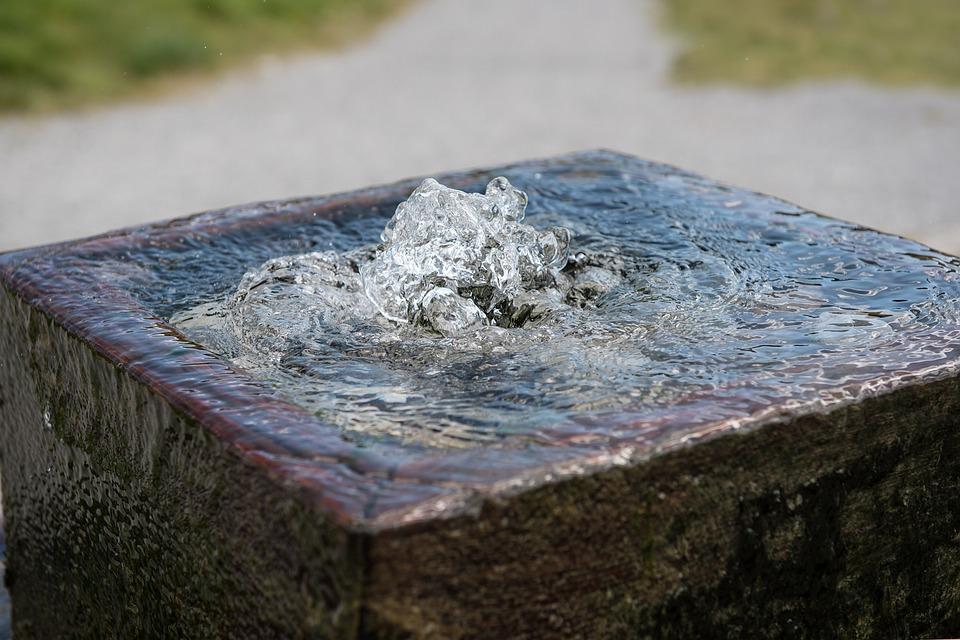
Traditionally, water is a key component to an English garden. The big elaborate ones will have a pond or a similarly designed body of water laid out amongst the plants and décor. This may pose a problem for you if you don’t want to dig up your backyard just for the sake of adding a bunch of wet stuff.
Fortunately, water features bring about a nice compromise. They also add a cool design element that you may find to be a suitable substitute for the architectural, artistically-driven components that are found in more elaborate English garden designs.
In fact, a water feature and an architectural element can coalesce rather nicely if you so desire. There are plenty of water features out there that are designed in a style befitting of the English garden tradition, such as statues. Of course, going with a more modern route may make you feel you’re giving the tradition a progressive edge.
Provide a Pathway
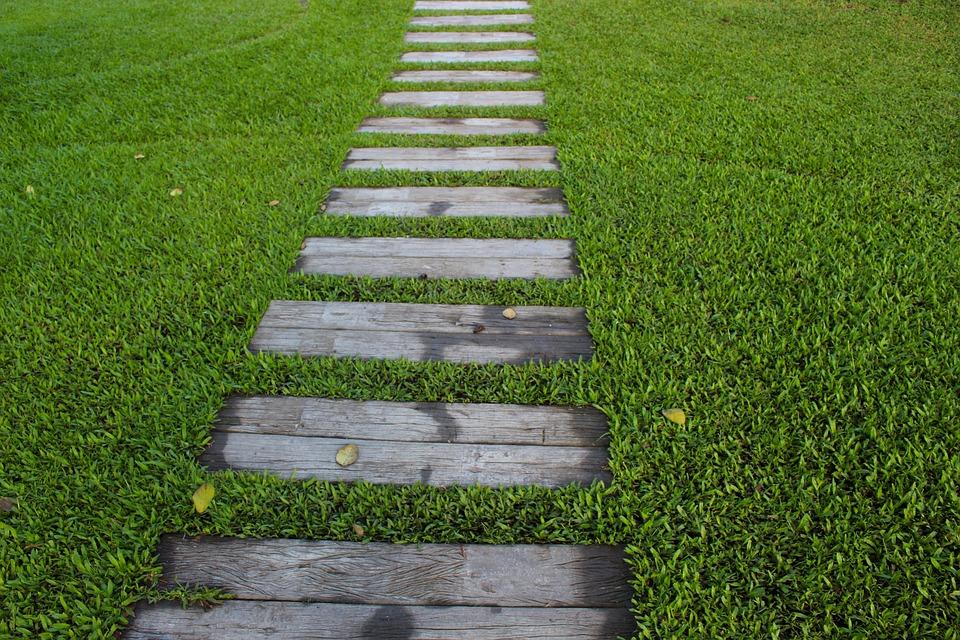
It wouldn’t be an English garden if you couldn’t walk amongst the plants. Even if your garden ends up being tiny, you still shouldn’t skip out on adding some sort of pathway. It doesn’t need to be all that elaborate, either – just a few stones can do the trick.
Once the path is in place, just don’t let it sit there – walk on it and enjoy the fruits of your labor. After all, walking through the garden will help calm your nerves and bring about peace.
And ultimately, that’s why an English garden still holds up today, and shows no signs of falling out of fashion. A garden that contains even a fraction of these classic English elements is a magical piece of landscape whose inescapable beauty is bound to soothe your soul, even on the harshest of days.
Photo Credit
Photo by fill Licensed Under CC0
Photo by Hans Licensed Under CC0
Photo by Pezibear Licensed Under CC0
Photo by terimakasih0 Licensed Under CC0


